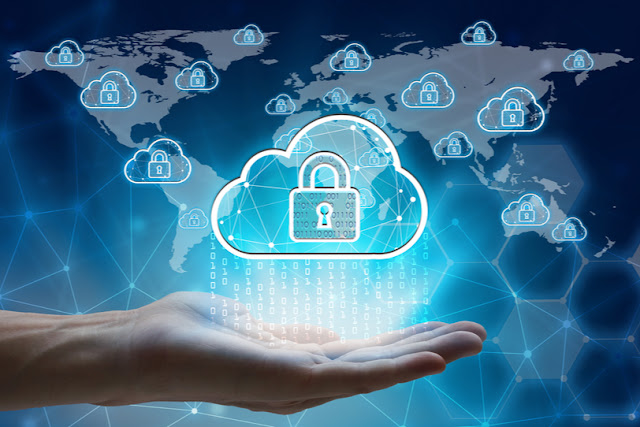 |
| Multi-Cloud Security |
Like all other businesses, you have shifted your workload and operations to the cloud. But are you sure that your cloud environment is secure enough to combat advanced cyber attacks? Do you keep wondering how to strengthen your multi-cloud security?
The rapid growth of remote/hybrid work cultures directly impacts cloud technology and environments, giving rise to new security challenges. Two key concepts have been derived from the changing industry and security landscapes. The first is centralized visibility, which ensures protection and compliance across multiple environments simultaneously. The second one is the vendor and customer model of shared responsibility. This means the vendors will take care of the data center, servers, and other hardware. At the same time, the users/consumers ensure that their workloads are protected, data is compliant, and access control is appropriately governed. This further makes it essential for businesses to rethink their workplace security strategies and prioritize effective multi-cloud security solutions to protect their assets and environment.
Here are some steps to boost multi-cloud security:
Modernizing networks: While transitioning to the cloud, make sure you have SD-WAN broadband. Also, moving to Direct Internet Access (DIA) facilitates the refactoring of security approaches. For instance, backhauling of internet traffic can be reduced and redirected for analysis by security tools. This mainly enhances the efficiency of cloud-delivered solutions like Secure Access Service Edge (SASE). SSL inspection of traffic is also equally important.
Encryption: Data in rest and transition must be protected at all times. The wisest way to ensure this is the Cloud Security Posture management tool (CSPM). This reduces the risk of compliance breaches and configuration gaps. These tools are engineered to recognize misconfiguration issues and compliance deviations from stated policies and regulations, reducing cloud-based security incidents. Moreover, Security orchestration, automation, and response (SOAR) tools can also help enhance operational context and automate incident response measures.
Prioritize cloud governance and access security control: Security heads and their respective senior management must collaborate to form robust strategies focusing on intercloud observability. This can help them prevent access-control lases or effectively plug security gaps in cross-cloud configurations, deployments, and security policies.Get the multi-cloud security solutions from Cybalt that will provide your business with everything it needs to enhance operational excellence and cyber resilience.
Comments
Post a Comment